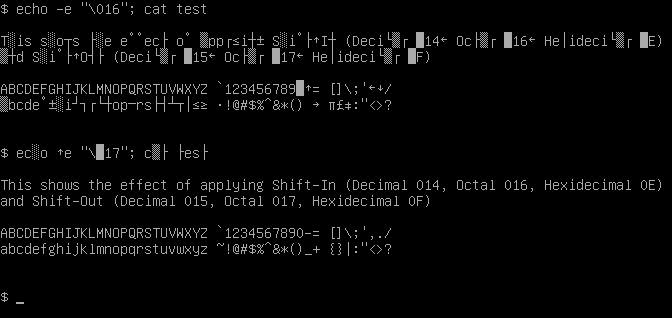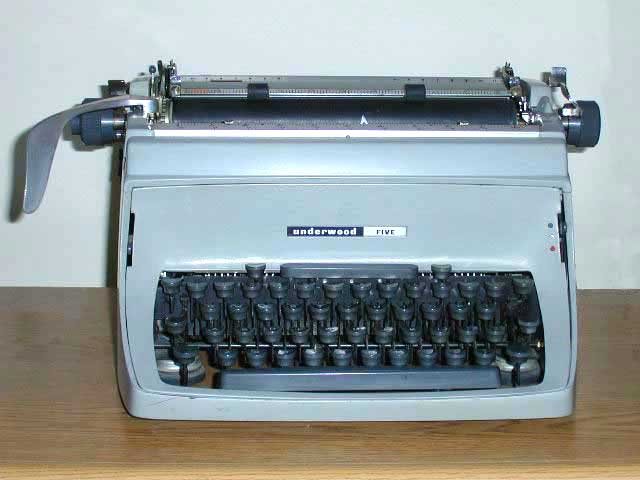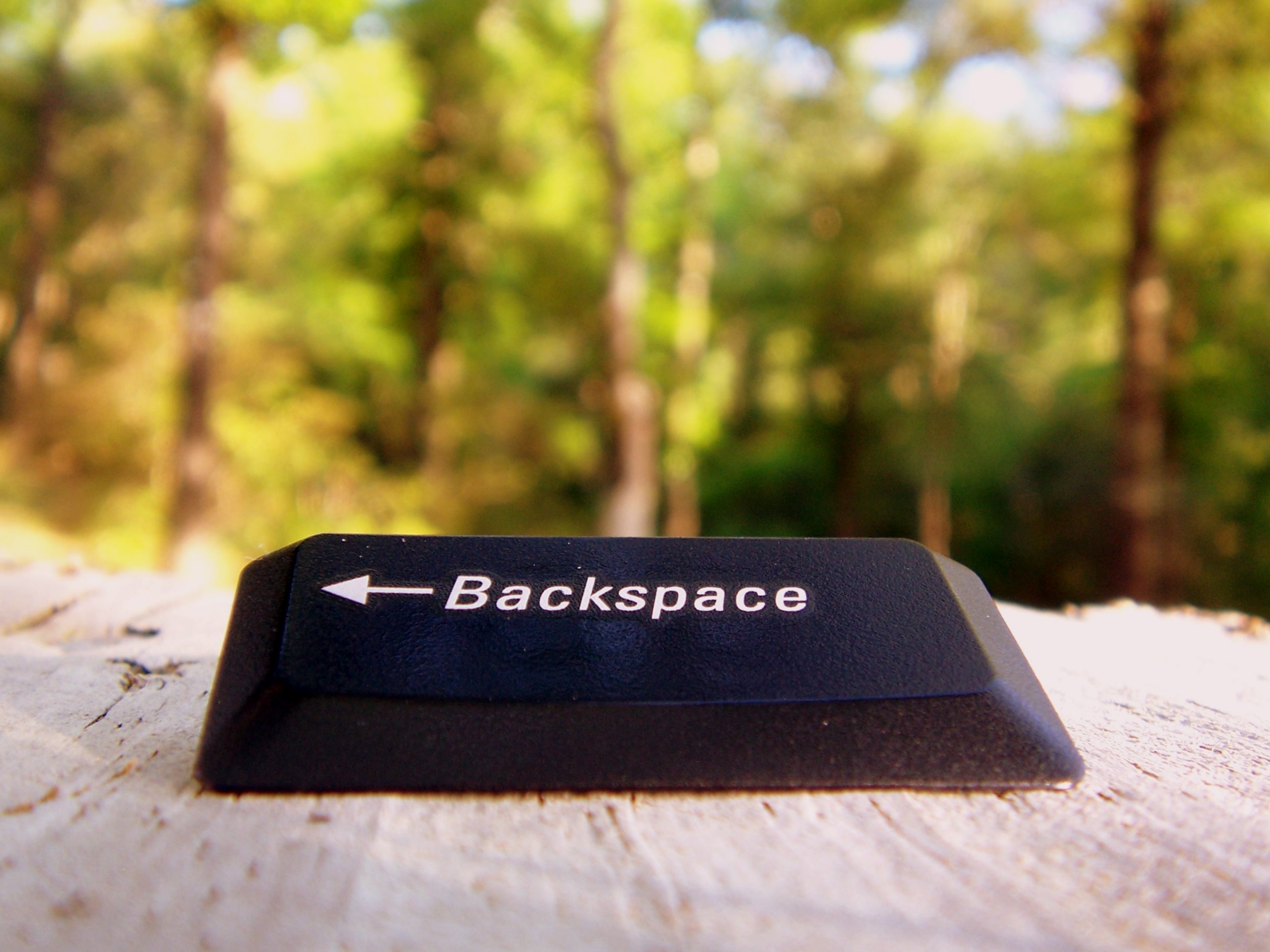|
Windows-1255
Windows-1255 (referred to as "ANSI" especially often) is a code page used under Microsoft Windows to write Hebrew. It is an almost compatible superset of ISO-8859-8 most of the symbols are in the same positions (except for A4, which is 'sheqel sign' in Windows-1255 but 'generic currency sign' in ISO 8859-8 and except for DF, which is undefined in Windows-1255 but 'double low line' in ISO 8859-8), but Windows-1255 adds vowel-points and other signs in lower positions. IBM uses code page 1255 ( CCSID 1255, euro sign extended CCSID 5351, and the further extended CCSID 9447) for Windows-1255. Modern applications prefer Unicode to Windows-1255, especially on the Internet; meaning UTF-8, the dominant encoding for web pages, or UTF-16. Windows-1255 is used by less than 0.1% of websites. Character set The following table shows Windows-1255. Each character is shown with its Unicode equivalent. Usage Windows-1255 Hebrew is always in logical order (as opposed to visual). Microsoft Hebre ... [...More Info...] [...Related Items...] OR: [Wikipedia] [Google] [Baidu] |
ISO-8859-8
ISO/IEC 8859-8, ''Information technology — 8-bit single-byte coded graphic character sets — Part 8: Latin/Hebrew alphabet'', is part of the ISO/IEC 8859 series of ASCII-based standard character encodings. ISO/IEC 8859-8:1999 from 1999 represents its second and current revision, preceded by the first edition ISO/IEC 8859-8:1988 in 1988. It is informally referred to as Latin/Hebrew. ''ISO/IEC 8859-8'' covers all the Hebrew letters, but no Hebrew vowel signs. IBM assigned code page 916 (CCSIDs 916 and 5012) to it. This character set was also adopted by Israeli Standard SI1311:2002, with some extensions. ISO-8859-8 is the IANA preferred charset name for this standard when supplemented with the C0 and C1 control codes from ISO/IEC 6429. The text is (usually) in logical order, so bidi processing is required for display. Nominally ''ISO-8859-8'' (code page 28598) is for “visual order”, and ISO-8859-8- (code page 38598) is for logical order. But usually in practice, and requir ... [...More Info...] [...Related Items...] OR: [Wikipedia] [Google] [Baidu] |
Windows-125x
Windows code pages are sets of characters or code pages (known as character encodings in other operating systems) used in Microsoft Windows from the 1980s and 1990s. Windows code pages were gradually superseded when Unicode was implemented in Windows, although they are still supported both within Windows and other platforms, and still apply when Alt code shortcuts are used. Current Windows versions support Unicode, new Windows applications should use Unicode (UTF-8) and not 8-bit character encodings. There are two groups of system code pages in Windows systems: OEM and Windows-native ("ANSI") code pages. (ANSI is the American National Standards Institute.) Code pages in both of these groups are extended ASCII code pages. Additional code pages are supported by standard Windows conversion routines, but not used as either type of system code page. ANSI code page ANSI code pages (officially called "Windows code pages" after Microsoft accepted the former term being a misnomer) ... [...More Info...] [...Related Items...] OR: [Wikipedia] [Google] [Baidu] |
Code Page
In computing, a code page is a character encoding and as such it is a specific association of a set of printable character (computing), characters and control characters with unique numbers. Typically each number represents the binary value in a single byte. (In some contexts these terms are used more precisely; see .) The term "code page" originated from IBM's EBCDIC-based mainframe systems, but Microsoft, SAP AG, SAP, and Oracle Corporation are among the vendors that use this term. The majority of vendors identify their own character sets by a name. In the case when there is a plethora of character sets (like in IBM), identifying character sets through a number is a convenient way to distinguish them. Originally, the code page numbers referred to the page number, ''page'' numbers in the IBM standard character set manual, a condition which has not held for a long time. Vendors that use a code page system allocate their own code page number to a character encoding, even if it is be ... [...More Info...] [...Related Items...] OR: [Wikipedia] [Google] [Baidu] |
Shift In
Shift Out (SO) and Shift In (SI) are ASCII control characters 14 and 15, respectively (0x0E and 0x0F). These are sometimes also called "Control-N" and "Control-O". The original purpose of these characters was to provide a way to shift a coloured ribbon, split longitudinally usually with red and black, up and down to the other colour in an electro-mechanical typewriter or teleprinter, such as the Teletype Model 38, to automate the same function of manual typewriters. Black was the conventional ambient default colour and so was shifted "in" or "out" with the other colour on the ribbon. Later advancements in technology instigated use of this function for switching to a different font or character set and back. This was used, for instance, in the Russian character set known as KOI7-switched, where SO starts printing Russian letters, and SI starts printing Latin letters again. Similarly, they are used for switching between Katakana and Roman letters in the 7-bit version of the Jap ... [...More Info...] [...Related Items...] OR: [Wikipedia] [Google] [Baidu] |
Carriage Return
A carriage return, sometimes known as a cartridge return and often shortened to CR, or return, is a control character or mechanism used to reset a device's position to the beginning of a line of text. It is closely associated with the line feed and newline concepts, although it can be considered separately in its own right. Typewriters Originally, the term "carriage return" referred to a mechanism or lever on a typewriter. For machines where the type element was fixed and the paper held in a moving ''carriage'', this lever was on the left attached to the moving carriage, and operated after typing a line of text to cause the carriage to return to the far right so the type element would be aligned to the left side of the paper. The lever would also usually ''feed'' the paper to advance to the next line. Many electric typewriters such as IBM Electric or Underwood Electric made carriage return to be another key on the keyboard instead of a lever. The key was usually labeled "car ... [...More Info...] [...Related Items...] OR: [Wikipedia] [Google] [Baidu] |
Form Feed
A page break is a marker in an electronic document that tells the document interpreter the content which follows is part of a new page. A page break causes a form feed to be sent to the printer during spooling of the document to the printer. It is one of the elements that contributes to pagination. Form feed Form feed is a page-breaking ASCII control character. It directs the printer to eject the current page and to continue printing at the top of another. It will often also cause a carriage return. The form feed character code is defined as 12 (0xC in hexadecimal), and may be represented as or . In a related use, can be pressed to clear the screen in Unix shells such as bash, or redraw the screen in TUI programs like vi/emacs. In the C programming language (and other languages derived from C), the form feed character is represented as '\f'. Unicode also provides the character as a printable symbol for a form feed (not as the form feed itself). The form feed character is con ... [...More Info...] [...Related Items...] OR: [Wikipedia] [Google] [Baidu] |
Vertical Tab
The tab key (abbreviation of tabulator key or tabular key) on a keyboard is used to advance the cursor to the next tab stop. History The word ''tab'' derives from the word ''tabulate'', which means "to arrange data in a tabular, or table, form". When a person wanted to type a table (of numbers or text) on a typewriter, there was a lot of time-consuming and repetitive use of the space bar and backspace key. To simplify this, a horizontal bar was placed in the mechanism called the tabulator rack. Pressing the tab key would advance the carriage to the next tabulator stop. The original tabulator stops were adjustable clips that could be arranged by the user on the tabulator rack. Fredric Hillard filed a patent application for such a mechanism in 1900. The tab mechanism came into its own as a rapid and consistent way of uniformly indenting the first line of each paragraph. Often a first tab stop at 5 or 6 characters was used for this, far larger than the indentation used whe ... [...More Info...] [...Related Items...] OR: [Wikipedia] [Google] [Baidu] |
Line Feed
A newline (frequently called line ending, end of line (EOL), next line (NEL) or line break) is a control character or sequence of control characters in character encoding specifications such as ASCII, EBCDIC, Unicode, etc. This character, or a sequence of characters, is used to signify the end of a line (text file), line of text and the start of a new one. History In the mid-1800s, long before the advent of teleprinters and teletype machines, Morse code operators or telegraphists invented and used Prosigns for Morse code, Morse code prosigns to encode white space text formatting in formal written text messages. In particular, the International Morse code, Morse prosign (mnemonic break text), represented by the concatenation of literal textual Morse codes "B" and "T" characters, sent without the normal inter-character spacing, is used in Morse code to encode and indicate a ''new line'' or ''new section'' in a formal text message. Later, in the age of modern teleprinters, st ... [...More Info...] [...Related Items...] OR: [Wikipedia] [Google] [Baidu] |
Tab Character
Tab, TAB, tabs, or TABS may refer to: Places * Tab, Hungary, a town * Tab District, Hungary, whose seat is Tab * Tab, Indiana, United States, an unincorporated community * Arthur Napoleon Raymond Robinson International Airport, Tobago, IATA code TAB * Tame Bridge Parkway railway station, station code TAB People * Tab (given name) * DJ Tab (born 1987), American hip hop DJ, record producer, and entrepreneur * Mohammad Aram Tab (born 1985), Iranian footballer Arts, entertainment, and media Music * ''Tab'' (album), by US band Monster Magnet * Tab or tablature, fingering-based musical notation, esp. for fretted instruments (e.g., guitars) * Trey Anastasio (band), an unnamed band, 1999–2004 * Trey Anastasio Band, formerly 70 Volt Parade, 2006 * Dead Boots, a musical group originally known as "TAB the Band" * "Tabs" a song by Lights from ''Skin & Earth Acoustic'' Publishing formats * Tab, a comic strip format * Tab, a tabloid (newspaper format) Other uses in arts, e ... [...More Info...] [...Related Items...] OR: [Wikipedia] [Google] [Baidu] |
Backspace
Backspace (, ⌫) is the keyboard key that in typewriters originally pushed the carriage one position backwards, and in modern computer systems typically moves the display cursor one position backwards,The meaning of "backwards" depends on the direction of the text, and could get complicated in text involving several Bidirectional text, bidirectional categories. deletes the character at that position, and shifts back any text after"after" here implies on the same logical line of text that position by one character. Nomenclature Although the term "backspace" is the traditional name of the key which steps the carriage back and/orin some correcting typewriters it did both deletes the previous character, typically to the left of the cursor, the actual key may be labeled in a variety of ways, for example ''delete'', ''erase'', or with a left pointing arrow. A dedicated symbol for "backspace" exists as Miscellaneous Technical#Block, U+232B ⌫ but its use as a keyboard label is not univ ... [...More Info...] [...Related Items...] OR: [Wikipedia] [Google] [Baidu] |




